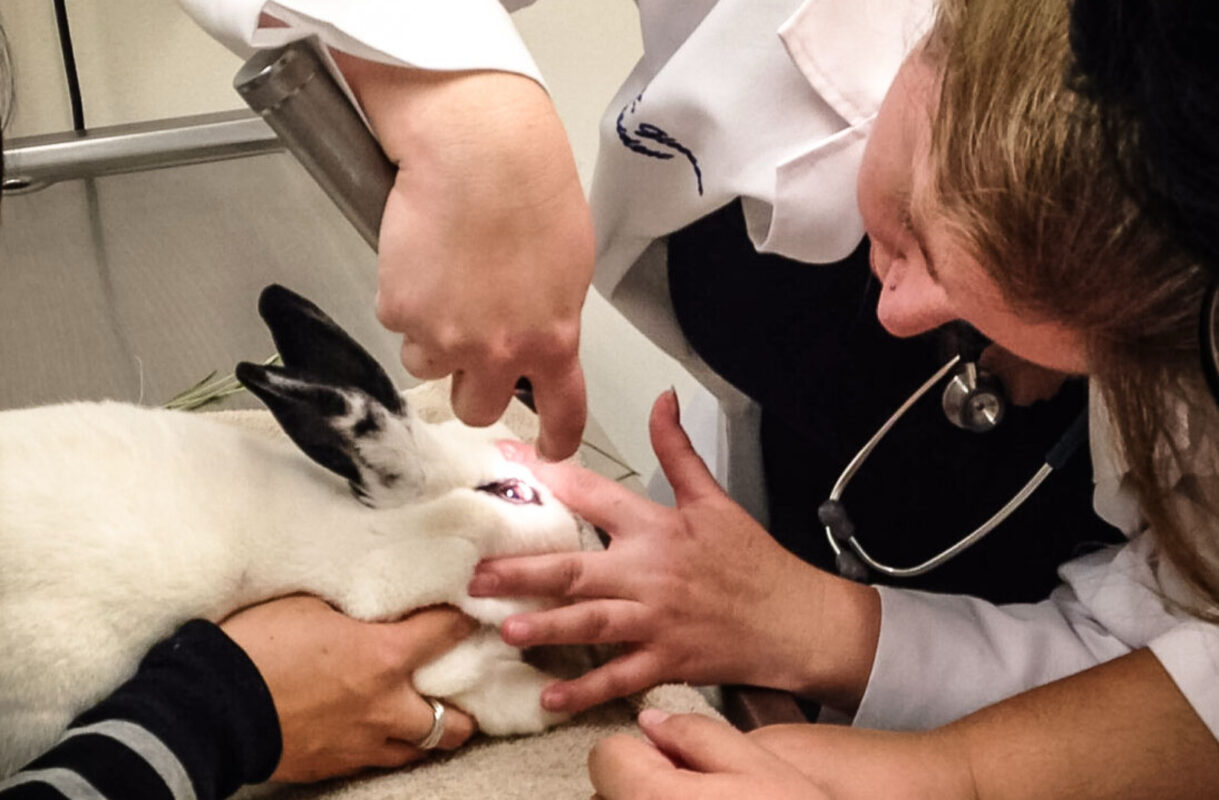Common Health Issues in Rabbits & How to Prevent Them
Common Health Issues in Rabbits & How to Prevent Them
Common Health Issues in Rabbits & How to Prevent Them
Meta Description: Common Health Issues in Rabbits & How to Prevent Them – discover top risks like dental disease, GI stasis, flystrike, respiratory infections, and parasites, plus practical prevention tips for a happy, thriving bunny.
Rabbits are adorable, social creatures—but they’re also masters at hiding illness. As a responsible bunny parent, you need to be extra vigilant about Common Health Issues in Rabbits & How to Prevent Them early. This guide highlights the most frequent rabbit health problems and gives practical, actionable tips to keep your furry friend hopping strong!
Dental Disease (Overgrown Teeth)
Rabbits’ teeth grow continuously, and without proper wear, they can overgrow—causing pain, drooling, difficulty eating, and even weight loss. 
Prevention Tips:
• Offer unlimited hay (e.g. timothy or orchard grass) to promote natural tooth grinding .
• Provide chew toys (e.g. untreated wood blocks or willow balls) for added dental wear.
• Schedule regular dental checks—at home or with your vet—to spot early signs of malocclusion.
Respiratory Infections (“Snuffles”)
Commonly caused by Pasteurella multocida and other bacteria, respiratory issues manifest as sneezing, runny nose, or eye discharge. These can escalate into serious infections if untreated .
Prevention Tips:
• Keep your rabbit in a dust-free, well-ventilated environment.
• Quarantine new additions for two weeks to reduce disease spread .
• Lower stress by maintaining a peaceful, stable routine.
Gastrointestinal (GI) Stasis
GI stasis—when the digestive system slows or stops—is one of the most urgent rabbit emergencies. Reduced appetite or fewer droppings need immediate vet attention  .
Prevention Tips:
• Ensure constant access to high‑fiber hay.
• Limit sugary treats and pellets to prevent diet shifts  .
• Encourage daily exercise: at least 4 hours of roam time .
🪰 Flystrike (Myiasis)
Flystrike happens when flies lay eggs on dirty or damp areas (often around the bottom), and maggots hatch—potentially fatal within hours .
Prevention Tips:
• Keep their environment spotlessly clean and dry, cleaning the hutch daily.
• Regularly check and groom your bunny’s rump, especially in warm months.
• Consider using rabbit-safe fly repellents or protective mesh.
Parasites (Ear Mites, Skin Mites, Fleas)
Itching, hair loss, or scabs can signal parasites like ear mites (Psoroptes cuniculi), fleas, or fur mites. Untreated, they may cause infections   .
Prevention Tips:
• Groom your rabbit weekly and regularly inspect skin and ears.
• Maintain clean bedding and housing.
• Use vet-approved rabbit-safe parasite treatments only.
Uterine Cancer (in Unspayed Females)
Unspayed female rabbits have a high (up to 60%) risk of uterine cancer by age 3  .
Prevention Tips:
• Spay your rabbit by 4–6 months old to eliminate cancer risk.
• Spaying also reduces aggression and marking behavior.
Viral Diseases (Myxomatosis & RHD)
Diseases like myxomatosis and Rabbit Hemorrhagic Disease (RHD1 & RHD2) can strike rapidly and are often fatal .
Prevention Tips:
• Follow your vet’s annual vaccination schedule, including booster shots .
• Limit outdoor interactions or mosquito exposure where these diseases are endemic.
Encephalitozoon cuniculi (“Wry Neck”)
A microscopic parasite found in many rabbits, E. cuniculi can cause head tilt, incoordination, seizures, or kidney issues .
Prevention Tips:
• Test for E. cuniculi if symptoms occur.
• Treat under vet guidance with medications like fenbendazole.
• Isolate infected rabbits and maintain good hygiene practices.
Pododermatitis (“Sore Hocks”)
Pressure sores on the feet, often due to wire flooring, can become severely infected if neglected.
Prevention Tips:
• Provide solid resting surfaces (mats, fleece) over wire floors   .
• Keep resting areas clean and dry.
• Vet treatment may include antibiotics and topical therapies.
Routine Care & Vet Visits
• Annual vet check-ups, increasing to bi-annual for seniors or sick bunnies .
• Handle your rabbit gently daily to monitor body condition, skin, teeth, eyes, and behavior ().
• Maintain a low-stress, consistent routine and handler interaction.
Summary Table
Health IssueWatch For
Prevention
Dental Disease
Drooling, loss of appetite
Unlimited hay, yo chew
Respiratory Infection
Sneezing, nasal/eye discharge
Clean air, quarantine
GI Stasis
No droppings, anorexia
Hay, exercise, low sugar
Flystrike
Maggots, foul smell
Cleanliness, grooming
Parasites
Scabs, itching, hair loss
Hygiene, tick/lice care
Uterine Cancer
Weight loss, lethargy
Early spay
Viral Diseases
Sudden collapse, fever
Vaccination, protection
E. cuniculi
Head tilt, seizures
Vet test, treatment
Sore Hocks
Limping, ulcers on feet
Solid floor, clean pad
Frequently Asked Questions
- How often should I take my rabbit to the vet?
Healthy adults: yearly. Young, senior, or ill rabbits: every 6 months or as advised . - Is diet really that important?
Absolutely—fiber-rich hay is essential for gut motility, dental health, and weight control (). - Can indoor rabbits still get sick?
Yes—indoor rabbits can have dental issues, respiratory problems, GI stasis, and parasites . - What if my rabbit stops eating or pooping?
This is a serious emergencycontact a rabbit-savvy vet immediately. - How can I prevent flystrike?
Maintain cleanliness-dry, clean bedding—and spot-check and groom your rabbit’s rear daily . - Do I need to vaccinate if my rabbit is indoors?
Yes—vaccines protect against airborne or insect-borne diseases that can still reach indoor rabbits .
Final Thoughts
By understanding Common Health Issues in Rabbits & How to Prevent Them, you’re giving your bunny the best chance at a long, healthy, and happy life. Whether it’s providing hay, performing daily checks, maintaining cleanliness, or getting vaccines, small consistent actions go a long way.
If you’d like info on specific conditions like GI stasis, dental trimming, or housing tips—just say the word!

